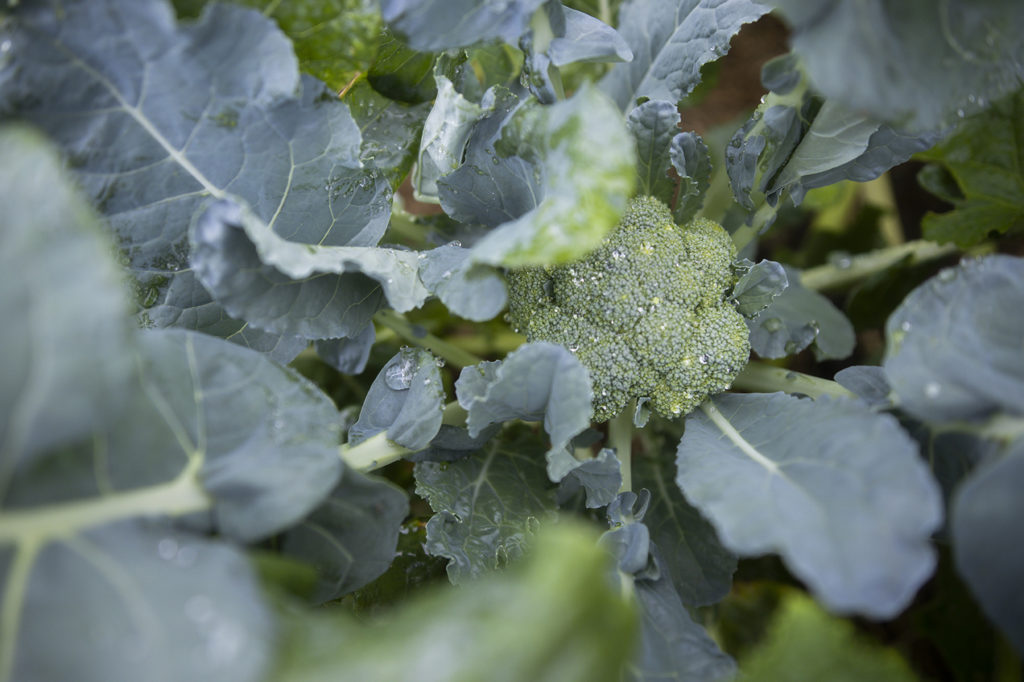
GAINESVILLE, Fla. — The clock is ticking.
As soon as a head of broccoli is harvested, an internal freshness clock starts the countdown. Eventually, that crisp, green broccoli crown wilts and yellows.
A study published in the journal Postharvest Biology and Technology from a team of scientists at the University of Florida, Kansas State University and Virginia Tech offers new insights into not only what makes this freshness clock tick, but also how to slow it down.
“When produce arrives at a supermarket distribution center, for example, there is no objective way to measure how fresh that product is or what its shelf life will be. The people receiving the produce can only judge by how something looks,” said Jeff Brecht, one of the study’s co-authors and a professor in the UF/IFAS horticultural sciences department.
To understand what causes this transformation, the researchers investigated the genes responsible for the molecular changes inside broccoli as it ages.
“With this research, one of our goals is ultimately to develop a quick test that would measure how fresh the produce is, based on which genes are being expressed,” said Tie Liu, the study’s senior author and an assistant professor in the UF/IFAS horticultural sciences department.
Solving Food Waste
The researchers say improving the freshness of produce can help solve a food waste issue. Handlers can adjust how they distribute different lots so that consumers are always getting produce of the highest possible freshness and quality.
“Fresher food lasts longer, making it more likely that it will be consumed and not wasted,” Liu said.
When the researchers discuss freshness, they refer to produce’s physiological age — how old it is at the level of cells and molecules.
“A lot of people don’t realize that fruits and vegetables are still alive after you harvest them. But, harvesting them unleashes a chain of chemical reactions that causes them to age more quickly,” Liu explained.
This aging process is called senescence, and the new study identifies the genes involved in broccoli senescence. These genes are aptly named SAGs, or senescence associated genes.
More research is needed to understand to what degree different SAGs contribute to senescence. However, what the researchers learn about broccoli could be applied to other crops, the researchers said.
“Broccoli is actually just a cultivated variety of a single species from which we get other crops like cabbage, Brussels sprouts and kale. So, what we learn about broccoli is likely true of these crops as well,” Brecht said.
Understanding the genes behind freshness could also offer valuable information to plant breeders trying to develop crops that stay fresher longer, Liu said.









